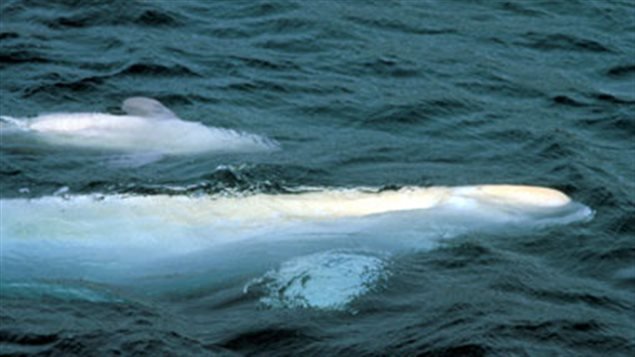
© The Daily Galaxy
On July 17, 2016, a huge stream of ice and rock tumbled down a narrow valley in the Aru Range of Tibet. When the ice stopped moving, it had spread a pile of debris that was up to 30 meters (98 feet) thick across 10 square kilometers (4 square miles).
The massive debris field makes this one of the largest ice avalanches ever recorded. The only event of a comparable size was a 2002 avalanche from Kolka Glacier in in the Caucasus , explained Andreas Kääb, a glaciologist at the University of Oslo. A multispectral imager on the European Space Agency's Sentinel-2 satellite captured an image of the debris field on July 21, 2016. The Operational Land Imager, a similar instrument on Landsat 8, acquired an image on June 24, 2016, that shows the same area before the avalanche.
The cause of the avalanche is unclear. "This is new territory scientifically," said Kääb.
"It is unknown why an entire glacier tongue would shear off like this. We would not have thought this was even possible before Kolka happened." Nine people, 350 sheep, and 110 yaks in the remote village of Dungru were killed during the avalanche.
Kääb's preliminary analysis of satellite imagery indicates that the glacier showed signs of change weeks before the avalanche happened. Normally, such signs would be clues the glacier might be in the process of surging, but surging glaciers typically flow at a fairly slow rate rather than collapsing violently in an avalanche.
Comment: What they're saying is that this mass of ice and snow shouldn't have moved the way it did without some additional energy input, ie something should have pushed or otherwise forced the avalanche along.
We can't suggest anything that might have done this, but we can suggest similarities with bizarre 'landslides' in recent years where land apparently 'slides' along flat surfaces - or, at least, insufficiently steep gradients. Here's something from Russia last year:

Comment: What they're saying is that this mass of ice and snow shouldn't have moved the way it did without some additional energy input, ie something should have pushed or otherwise forced the avalanche along.
We can't suggest anything that might have done this, but we can suggest similarities with bizarre 'landslides' in recent years where land apparently 'slides' along flat surfaces - or, at least, insufficiently steep gradients. Here's something from Russia last year: